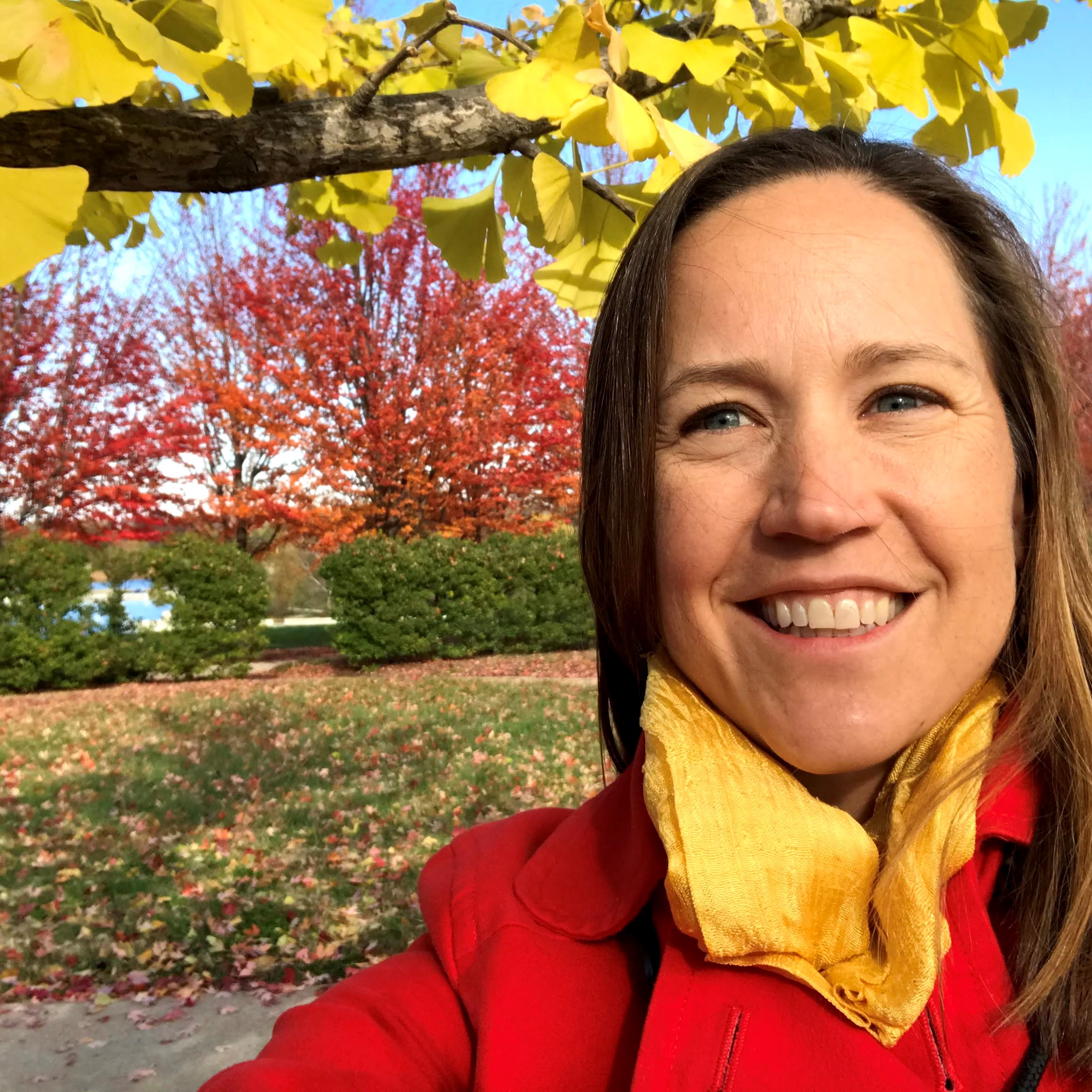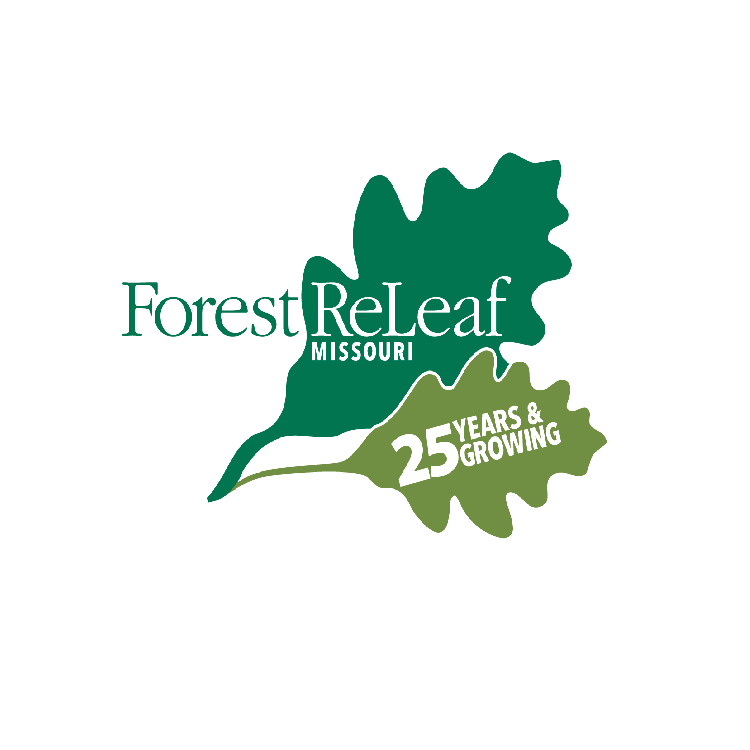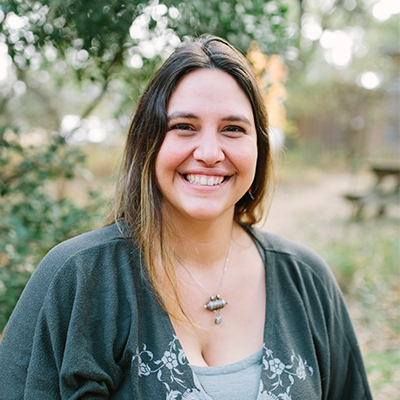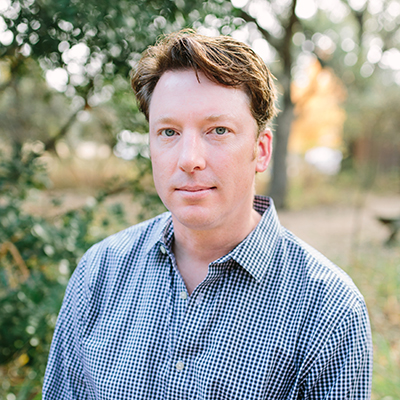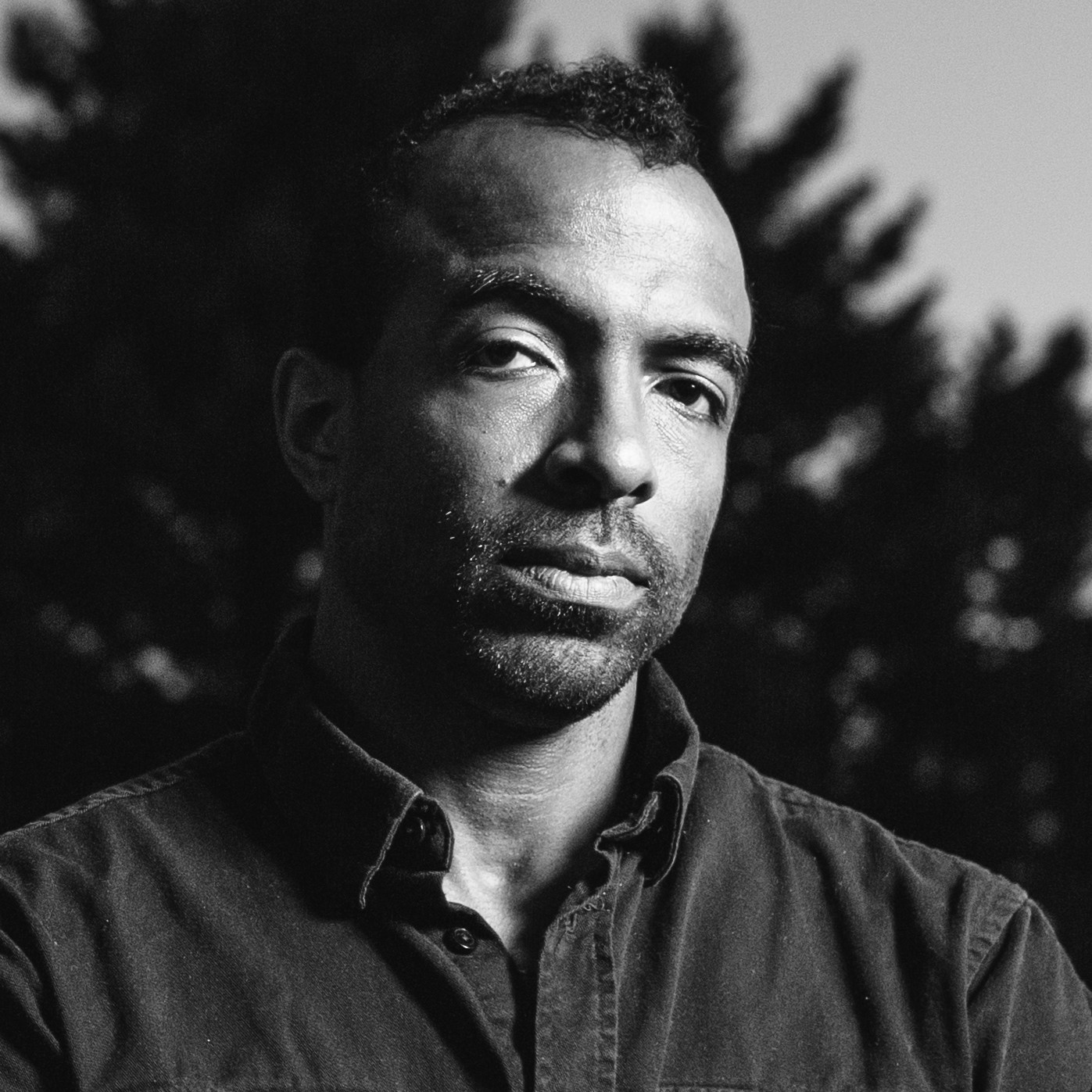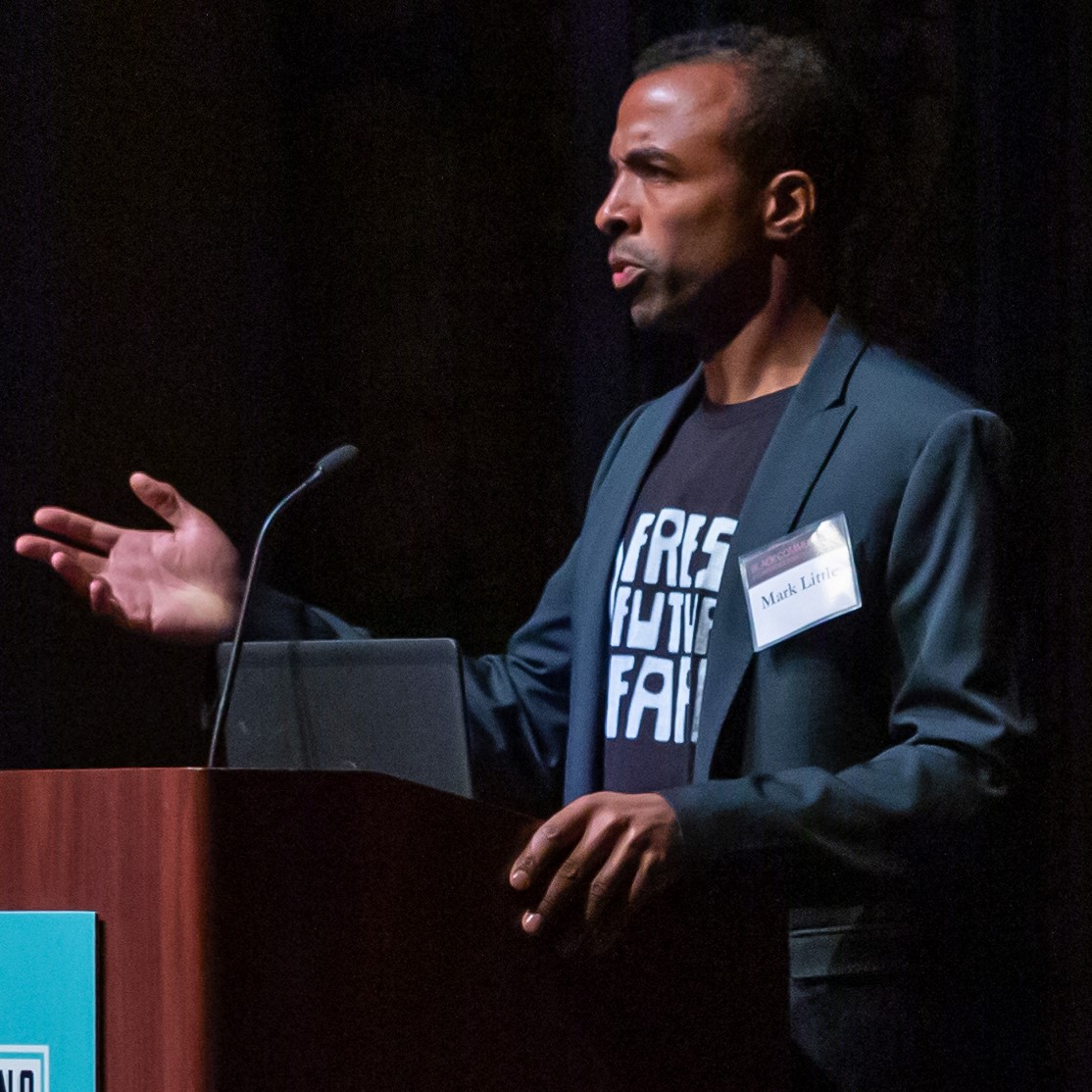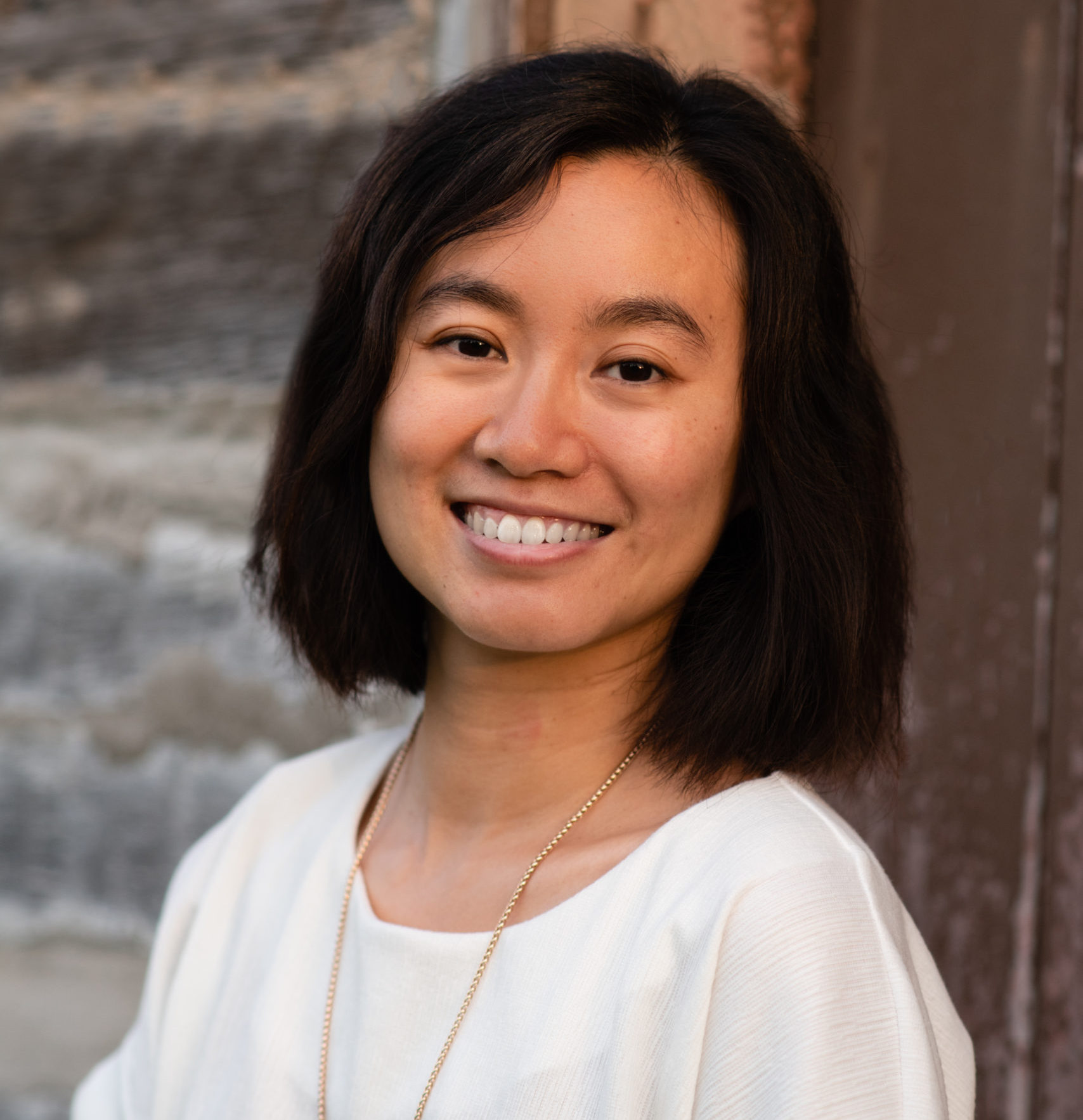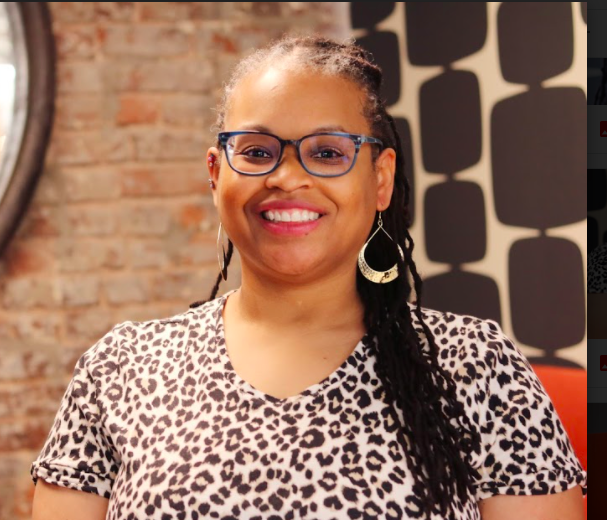Jan Paul and Angie Reed work with three other staff in the Penobscot Nation Department of Natural Resources’ Water (nə̀pi) Resources Program to monitor the health of the Penobscot River, tributaries, and waters. Paul, a citizen of the Penobscot Nation who is studying natural resources at the University of Maine, has worked as a water quality field/lab technician since 1997. She takes field samples and measurements, relying on various probes, and helps analyze the data. As the water resources planner since 2004, Reed has done lots of field work but her recent focus includes project planning, data management, analysis, and reporting. Reed got her bachelor’s in water resources management from University of New Hampshire and master’s in aquatic ecology from Colorado State University. Reed, Paul, and their colleagues share monitoring results with the Penobscot Peoples and others through outreach, education, and program representation on tribal, state, and federal committees. The science and stewardship carried out by program staff has been impacted by political and legal challenges, many of which have been discussed in documentaries, including an interview with Paul.
Penobscot (pαnawάhpskewi) means “people of where the rocks widen” – revealing how intimately the people are connected to their relative, the river. The Penobscot Nation’s Water Resources Program staff often use the Penobscot Water (nə̀pi) Song to open outreach gatherings as a way of reframing the typical perspective on water and help bring everyone together. They encourage people to read the lyrics, download the mp3, consider playing it for a water body nearby, and perhaps create a water song.
DR: Where did your interest in taking care of the Penobscot River’s water quality originate?
Paul: As a youngster, I grew up afraid of the river. My parents put the good fear in us to stay away from it, especially when ice is forming or the water is high, because it is so powerful that young kids get swept down it. During college, when I was majoring in kinesiology, I went to an eight-week water resources training for Native Peoples in Las Cruces, New Mexico. Not only did it get me ‘out of Dodge,’ but it caused something to click. I changed my degree to natural resources, and I fell in love with the Penobscot River. I could feel her energy drawing me in, and even now that’s what gets me up every morning. It’s easy to do something with someone you love.
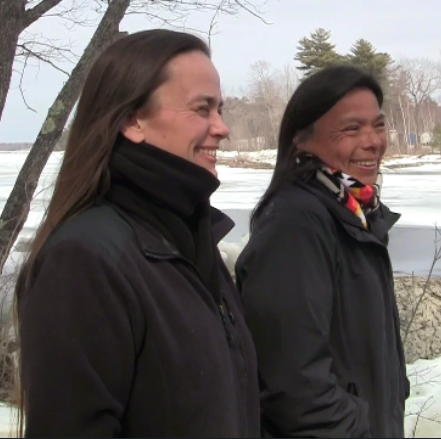
Paul and Reed standing next to the Penobscot River sharing one of many moments of laughter. Photo credit: Bridie McGreavy.
DR: How about you, Angie? What attracted you to a career in water resources?
Reed: After changing my major from architecture to engineering I finally found water resources management, and it made sense to who I am. Growing up in a small town in New Hampshire, I used to walk near a stream close to my house. The culvert through which it flowed would get all plugged up with leaves sometimes, and I'd clean them out and feel happy that I contributed to the water flowing freely again. I loved being out in nature but didn’t think about it being my job until college; protecting rivers is where my heart is. I feel blessed because my job encompasses literally everything I believe in.
DR: Jan, tell me a bit more about your role in the Water Resources Program.
Paul: I’m a water quality field and lab technician, and I’m also acting manager for air quality. I go out and sample the rivers, tributaries, and lakes for many things, including dissolved oxygen (DO). Early in the morning, the DO can tell you whether the river is stressed. We use existing western science techniques rather than recreating the wheel. Angie, though, is our golden ticket for data management. We used to write everything down on paper until she came and set us up for digital data entry. Now, we can get the data analyzed quickly enough to see the trends.
Reed: Yes, but Jan has been gaining data management skills too. And I might have the technical chops to lead the data stuff, but she has the life experience. Many years ago we went to a conference where I took care of the western science details of the presentation, then Jan came up and brought all of the heady stuff right down to the heart. She spoke about what it was like having cyanobacterial blooms that reached 70 miles downriver from where they started and impacted Indian Island, the center of Penobscot government and where many Penobscot citizens live. Having native citizens doing all aspects of this work is incredibly important and I am committed to sharing any useful skills I have to help make that happen more in the future. When there is a different relationship with the river, it is not just a job.

The future generation of Penobscot citizens engages with their relative, the pαnawάhpskewtəkok (Penobscot) River. Photo credit: Charlene Huerth.
DR: Jan, how did it feel at first to be taking care of this watershed that you grew up with?
Paul: When I first started, I was just doing a job. Even though I grew up in the Penobscot Nation – my mom Passamaquoddy/Miꞌkmaq and my father Penobscot/Maliseet, having some family line migrated from further north in Canada – I didn’t know the importance of what I was looking at. The data doesn’t really mean anything until you visit the river repeatedly and see the variation. When Angie took me under her wing and started taking me to conferences where I got to hear the end results of the data we’d been collecting, they hit me like a ton of bricks and I cried. Because of my knowledge, I now refuse to eat things that Penobscot Peoples traditionally eat unless it’s ceremonial and has been prayed over. Food from contaminated water could cause cancer or other problems, but I don’t know whether to play innocent or scream to the rooftops to get native people to stop eating it.
DR: Angie, how do you navigate that tricky issue of balancing public health with Native traditions?
Reed: We try to offer suggestions for protecting people’s health while recognizing that a traditional diet is a significant part of the culture and identity of Penobscot people. The Program created an Eating Wild Foods Safety series to help with outreach on this topic. We take samples of traditional foods (plants, fish, wild game) that are consumed for food or medicine, and then test for chemical contaminants. All studies have indicated contamination levels high enough to cause health problems if consumed at the traditional rates calculated in the Wabanaki Traditional Cultural Lifeways Exposure Scenario. It is heart-breaking to have to issue consumption advisories but we have tried to focus on the species and amounts people can eat safely, while suggesting limitations for certain people. For example, women who are nursing, pregnant, or planning to become pregnant and children eight years of age or younger should not eat any fish from the river.
DR: Jan, how do you get these hard messages across to the people of the Penobscot Nation?
Paul: With data. Without the sampling of the fish, muskrats, turtles, and other species in the diet of the Penobscot, we would not know how bad the contamination has gotten. We make brochures based on the data that explain the water quality problems so that tribal members don’t have to ask “What do you mean? What are you talking about?” Whomever wants the brochures can just come and get them. And I take people out with me too. When I first started, I didn’t like being out there alone, so my sister came along. At first she was my secretary, writing the data down. I tried to explain the science to her, but she’d say “Jan, I don’t know anything you’re talking about,” until one day years later when I explained something, she said “Yeah, I know.” It made me realize that she had been paying attention and I had been doing a good job telling her about it.
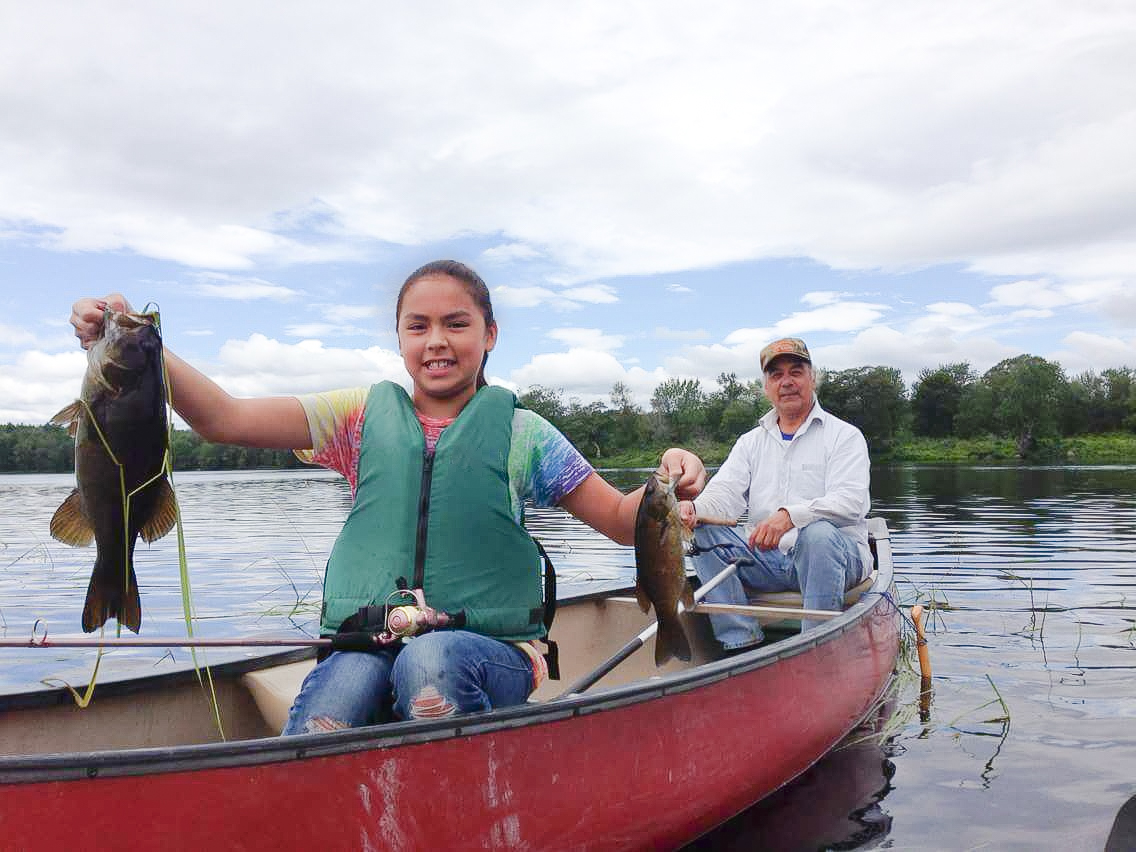
Multiple generations participate in sustenance fishing, a right that is reserved and protected by treaties, but is challenged due to pollution which has contaminated the fish. Photo credit: Charlene Huerth.
DR: Angie, what does your day look like when you’re making a difference?
Reed: I really enjoy making it easier to collect, analyze, report, and share data. Back in 2006, I asked Jan how I could improve her fieldwork and she asked to go paperless so that she wouldn’t be chasing after data sheets blowing downriver. So, I started making the entire data entry processes electronic. It’s been an adventure and we now have a great system to link all our data together.
DR: How do you see your data getting used?
Reed: I often say that people in our field are the kings and queens of delayed gratification because it can take a really long time to see results in this work. There aren’t a lot of people collecting as much data on water quality and fish tissue contamination in the Penobscot River basin as our Program. I don’t think enough people realize how much help Native environmental monitoring programs can be in protecting water and fish for everybody. Because of our long-term data, the Penobscot Nation has been able to submit proposals to the Maine Department of Environmental Protection that resulted in many upgrades to water quality classification of the smaller streams and the Penobscot River into which they flow. Thanks to our work with Jacque Kutvirt at Casco Bay High School in Portland, Maine, 52 students submitted letters of support for the proposed upgrades in 2019.
DR: What sort of outreach have you all done that has led to the support you describe?
Paul: I credit Angie for pushing me to get out there and talk to people. We started working with 4th-8th grade students at Indian Island School, helping the Native Studies teacher teach them about point and nonpoint sources of pollution. We showed them that we were doing important work that they could be proud to do as well. And then we went to other high schools and universities as well. If people want to listen, I’ll talk. I’m really honored to have as much knowledge as I do and to be graced with this job. Now, it seems like people are finding me, seeking me out. I have tribal connections because I’ve lived here my whole life. This place is where my ancestors drive and steer me, telling me what to do to protect the watershed we rely on.
Reed: Jan is the person people go to when they have a question about the river. I want to echo what she said about working with the Native Studies class – that has been some of the most rewarding work we have done. It can be very difficult for Penobscot youth to go ‘across the river’ to a non-Native school. But after going through some of the 8th grade lessons we did on aquatic insects, one student proudly told her auntie later that her high school teacher said she was really smart and knew more about some of them than he did. This has been my favorite story for a long time because it brings together everything that we do and is a good example of how combining different systems of knowledge and relationship building can help make the world just a little bit safer for Penobscot citizens.
